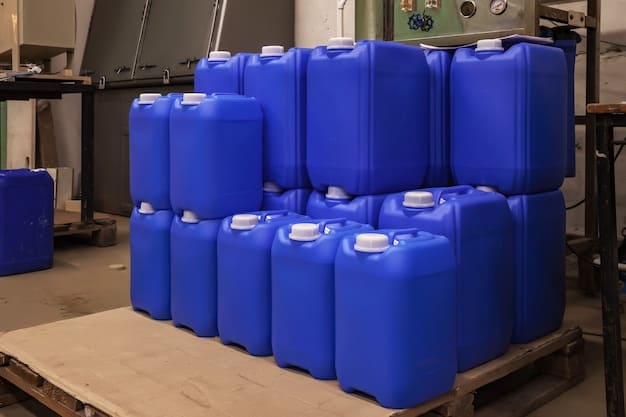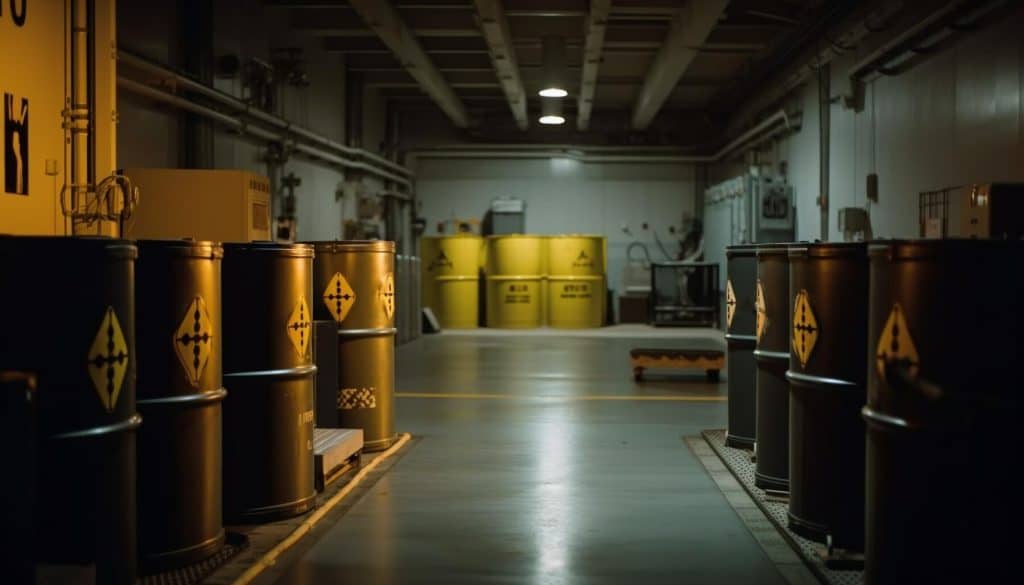Storage of dangerous goods
The storage of dangerous goods and proper procedures for storing and storing dangerous goods – although very important – do not have a well-defined international standard for the transport of dangerous goods. This is mainly due to the fact that the warehouses themselves will almost never work between two different sovereign territories. Therefore, the proper storage of dangerous goods in the context of storage is often regulated by national and local authorities. sometimes the adjustment is difficult, and sometimes there is almost no regulation.
Basic requirements for the handling of hazardous substances
For any reason and under any circumstances when storing any hazardous substances, it is recommended:
- Identify hazardous substances in advance and transport, handle and store them in accordance with local regulations;
- Store SDS/MSDS/PSDS in the same storage area where dangerous goods and dangerous substances are stored;
- Learn and be aware of the risks of storing hazardous substances;
- If necessary, keep a separate inventory of hazardous substances;
- Separate and properly monitor the waste of hazardous goods;
- Have the right spill response equipment and train employees to use it;
- Use the first-to-first rule (FIFO) rule, use the oldest product first;
- If the shelf life marked on the side of the product has been exceeded, contact the appropriate authority to find out if the expiration date can be exceeded.
Prevention of spillage
The actions that can be taken by any person handling hazardous substances to reduce or prevent spills may include:
- Understand the chemical dangers.
- Follow the procedures for safe storage and handling.
- Read and follow the instructions on labels and material safety data sheets.
- Do not store or use chemicals in unlabelled containers.
- Check that the containers of chemicals are not damaged or leaking.
- Do not operate or open chemical containers without appropriate personal protective equipment (PPE).
- Do not leave the containers open.
- Report potential hazards to managers, other employees, and safety managers.
Damaged or leaking hazardous substances are recommended to be removed and stored in a separate, safe room. Ideally, spilled items should be stored in a well-marked, reinforced plastic drum.
Response to spillage
In the event of a spill or leak of the container, this must be reported to the supervisor of the object. The person who detected the spill and the local supervisor should record information about the spill (when it happened, why it happened, what spilled, the volume spilled, the workers involved, etc.) and store it in the storage area.
The necessary steps should be taken immediately to contain and control spills by absorbing, diverting or retaining any stream of liquid to avoid contamination of any surface drains, soil or waterways. Such action may include the spreading of absorbent materials or cushions and/or the use of absorbent rollers or sand to control the flow.
Spill cleaning
The materials used to clean up the spillage of dangerous substances must be readily available in all storage areas where dangerous substances may be stored. These materials may include elements such as:
- Oil absorbents;
- Brooms and wipers;
- Large plastic-coated garbage cans;
- Nitrile gloves and latex gloves;
- Leather gloves;
- Shoes;
- Breathing masks;
- Rescue drums and isolation trays;
- Dust collectors or shovels;
- Sandbags or bags of other absorbent materials;
- Danger bar;
- Safe cones;
- Helmet;
- Face protection;
- Chemical-resistant aprons;
- Guidelines for responding to emergencies.
In case of spillage of flammable or flammable liquids, the following actions are strongly recommended:
- Inform all those in your immediate vicinity to evacuate, except for those involved in the cleaning process;
- Report to the Safety and Safety Center;
- Eliminate all ignition sources, including static electricity, electrical switches, running motors and open wiring;
- Increase ventilation and exhaust emissions to the outside;
- Put on protective equipment;
- Limit spills by blocking. This is done using an absorbent material in the spill kit. Do not allow spilled material to enter the sewer or sewer system;
- Cover the spilled area with absorbent materials and safely and properly dispose of the used absorbents;
- Safely dispose of contaminated equipment, including personal protective equipment;
- Seal and mark all containers of discarded items as hazardous waste;
- Store the waste in a safe place in or near the storage facility, preferably outdoors, until it can be agreed that it will be shipped by a licensed hazardous waste disposal plant;
- In the event of a major spill or in the event of such a spill that cannot be stopped, the site and the warehouse must be completely evacuated.
Additional precautions
The storage of dangerous goods and the scope and specificity of the requirements for handling depend on the activities of the enterprise concerned, including the types of intervention activities and the huge number of necessary points.
In the warehouses of dangerous goods, cargoes must always be marked and accounted for. Boxes must always be marked accordingly, and if necessary, dangerous goods may even require markings or markings indicating their location in the warehouse or storage room. Depending on local regulations, warehouses with sufficient dangerous goods may need to be properly marked or lined with signboards/information outside.
All elements of dangerous goods must be clearly visible and easily accessible. Dangerous products that emit smoke are considered flammable, corrosive, oxidizing or toxic must be properly sealed and properly ventilated. Hazardous substances contained in containers which show visual signs of damage, bulging or deformation must be removed, repackaged or fixed in an appropriate manner. If possible, paving materials of different types and classes should not be stored side by side in the warehouse, and ideally should be stored in separate structures.
Warehouse personnel should be informed which goods are dangerous and instructed on the appropriate hazards and the handling procedures associated with them.
The storage of dangerous goods is organized in warehouses in Klaipeda. Contact us and order the transportation, loading and sabotage of your dangerous cargo with us.










